Cultural Display
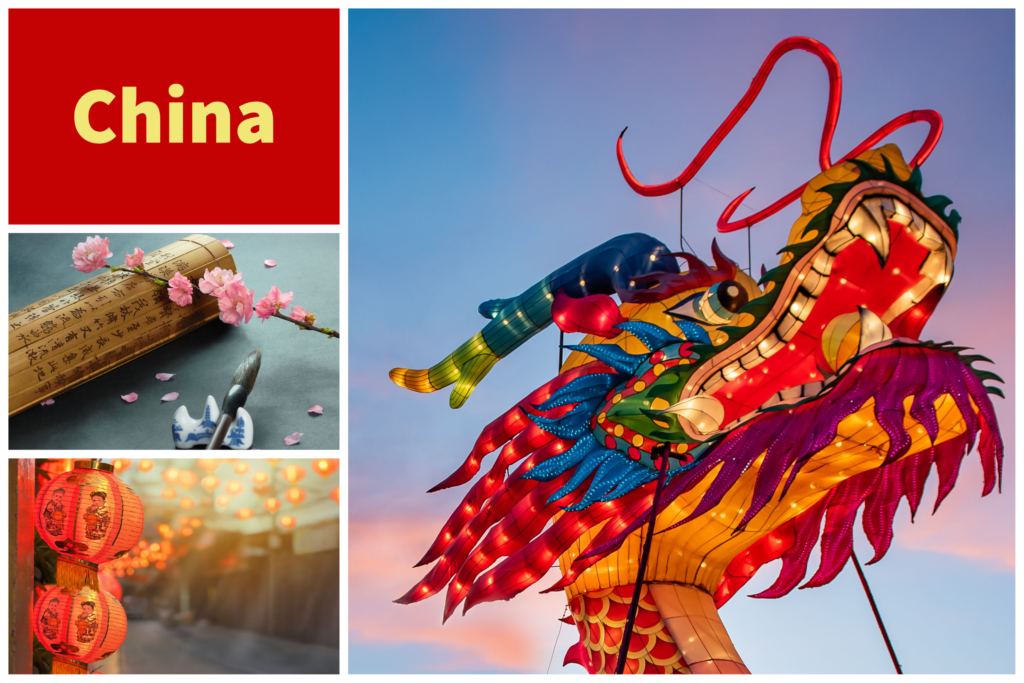
Chinese culture is one of the world’s oldest cultures, covering its continuous history of over 5000 years. There are 56 recognized ethnic groups in China. Important components of Chinese culture include customs and traditions, music, dances, painting, language, literature, cuisine, clothing ,ceramics, architecture, philosophy and religion. Being one of the earliest ancient civilizations, Chinese culture has a profound influence in world history.
Indian culture is one of the oldest and most diverse cultures in the world, with a rich history dating back thousands of years. It is a unique blend of various religions, languages, traditions, and customs. India is known for its colorful festivals, vibrant music and dance forms, delicious cuisine, and intricate art and craftwork. Its diverse cultural heritage is also reflected in its architecture, literature, philosophy, and spirituality.
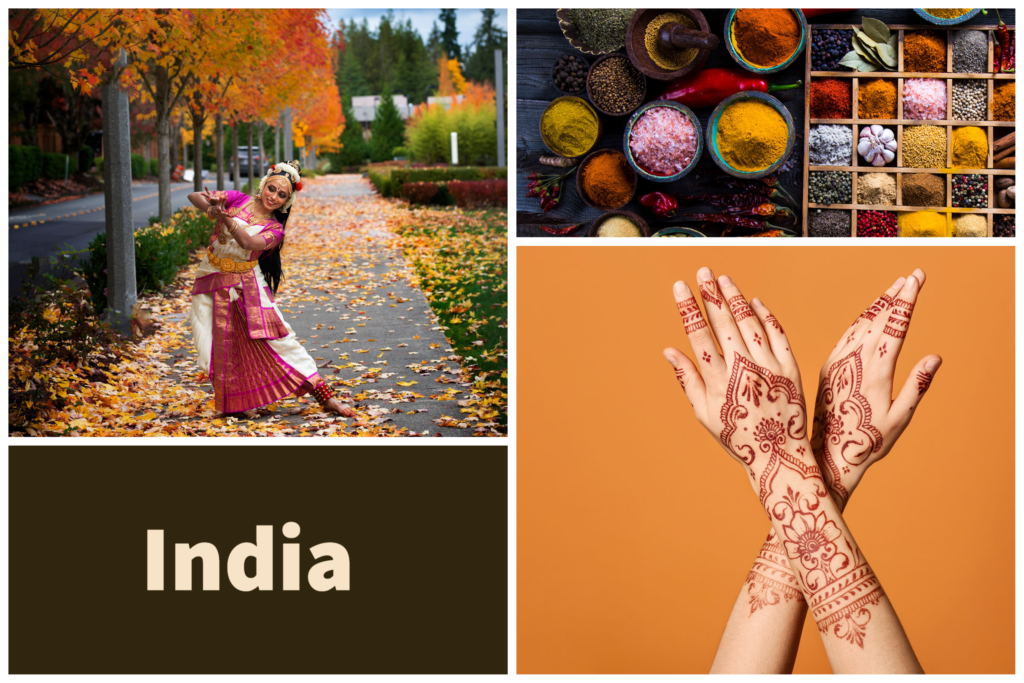
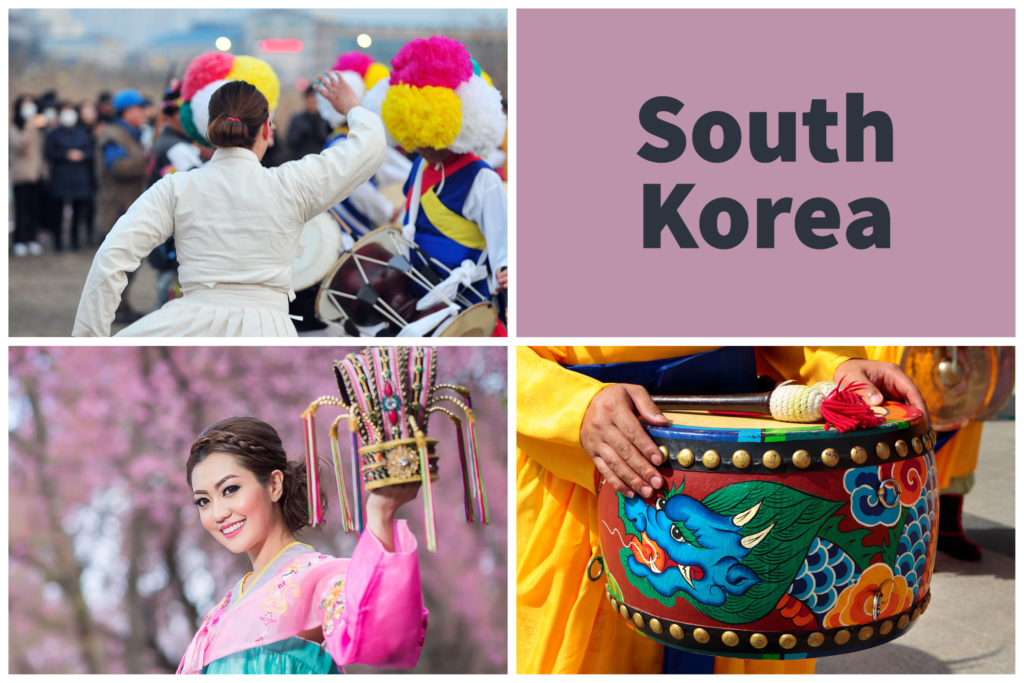
South Korean culture is a fascinating blend of ancient traditions and modern influences. South Korea is renowned for its popular culture, including K-pop music, Korean dramas, and movies, which have gained international popularity in recent years. South Korea is also known for its delicious cuisine, including kimchi, bulgogi, and bibimbap. Traditional Korean art forms such as calligraphy, pottery, and embroidery are highly valued and preserved. Overall, South Korean culture is a vibrant and dynamic blend of tradition and innovation that continues to captivate and inspire people around the world.
Sri Lanka has a rich cultural heritage that spans over 2,500 years, and it is known for its vibrant and diverse culture. Sri Lanka is famous for its traditional dance and music, which are performed during festivals and other cultural events. The cuisine is also an important aspect of its culture, and it includes a variety of flavorful dishes such as rice and curry, seafood, and exotic fruits. Sri Lanka is also renowned for its exquisite handicrafts such as woodcarving, pottery, and textiles. It has a rich literary history and has produced some of the finest poets and writers in the region.
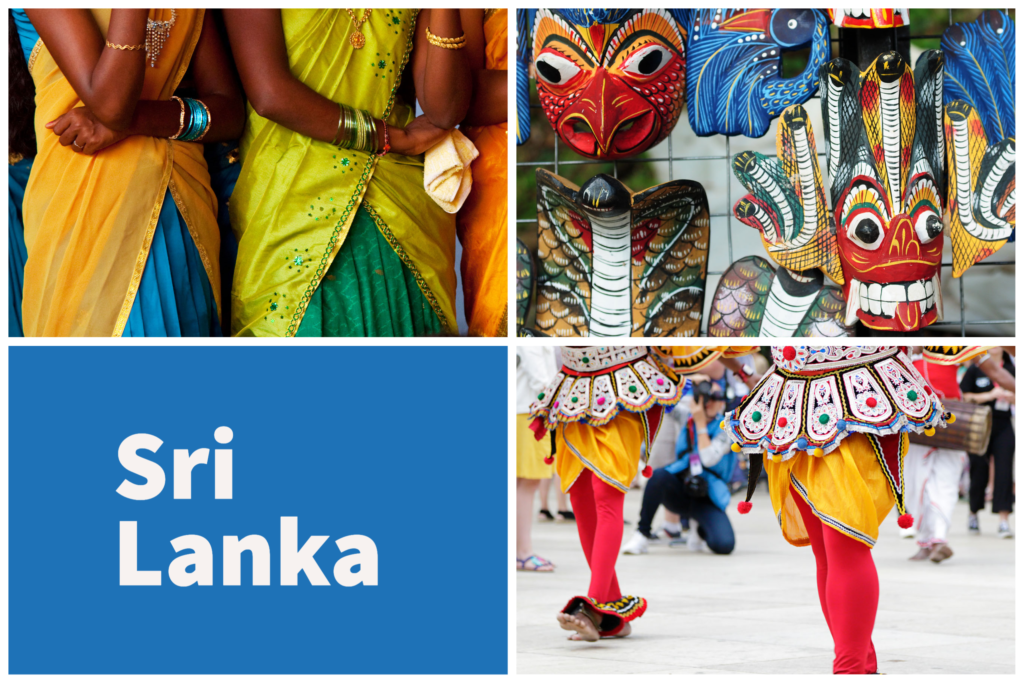
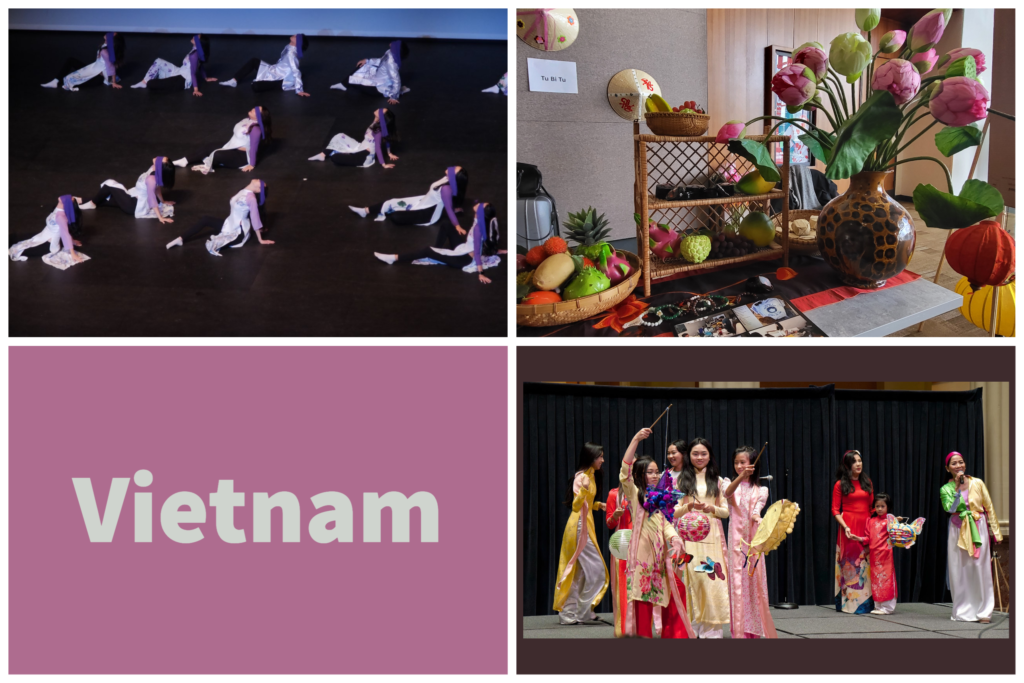
Vietnamese culture is a vibrant and colorful blend. The country’s culture emphasizes respect for authority, family values, and the pursuit of harmony. Vietnamese cuisine is famous for its fresh and healthy ingredients and bold flavors, with dishes such as pho, banh mi, and spring rolls being popular all over the world. Vietnamese music and dance also play a significant role in the culture, with traditional art forms such as water puppetry and ca tru being preserved and performed to this day.
Japanese culture is a fascinating and distinctive blend of ancient traditions and modern influences. It is evident in its art, architecture, and way of life. Japan is renowned for its traditional art forms such as calligraphy, pottery, and tea ceremonies, which are still practiced and valued today. Its cuisine is also an essential aspect of its culture, with sushi, ramen, and tempura being popular dishes around the world.
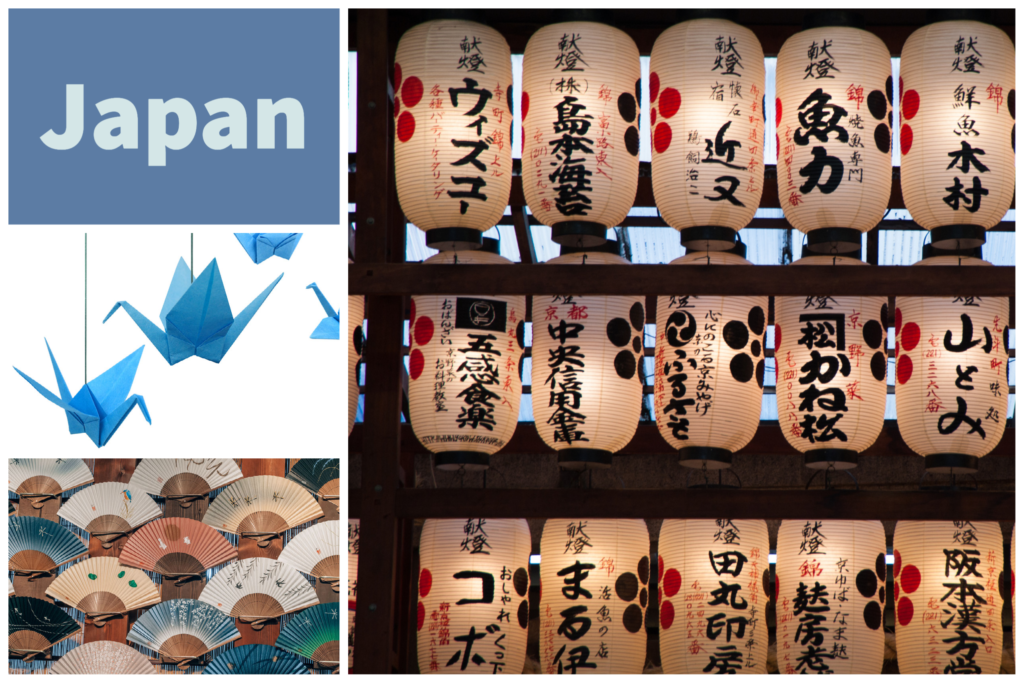
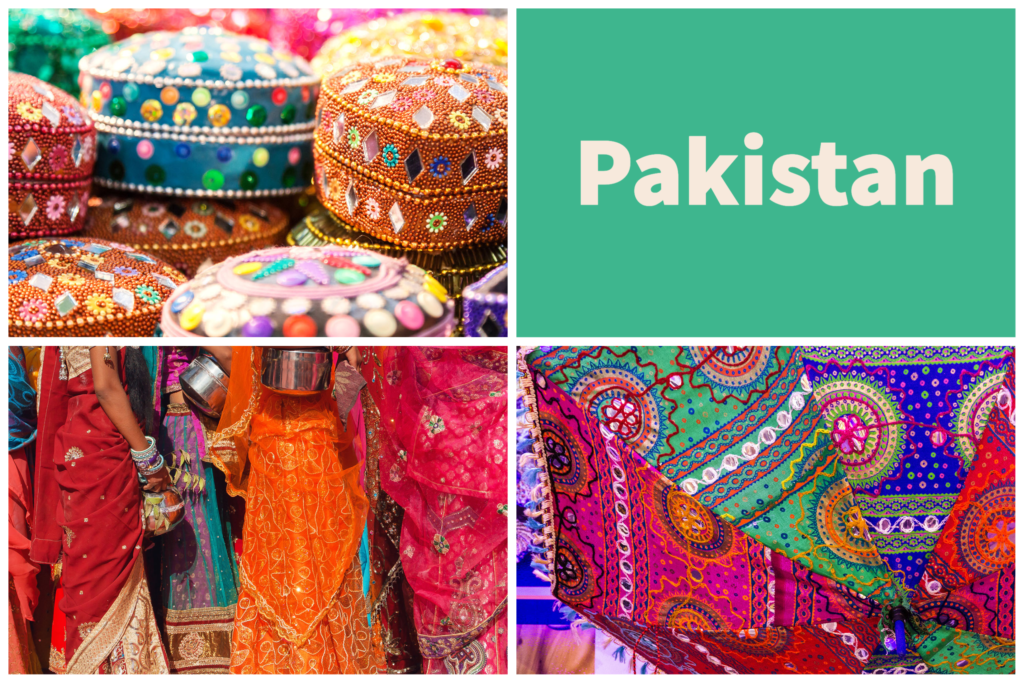
Pakistan has a rich and diverse cultural heritage. Its cultural heritage traces back over thousands of years. Pakistan is known for its delicious cuisine, including biryani, kebabs, and curries, which are popular all over the world. The country’s music and dance forms, such as qawwali and bhangra, are also famous and reflect its cultural diversity.
Lao culture is a tapestry of traditions and values. Theravada Buddhism is deeply ingrained, reflected in serene temples and monasteries that dot the landscape. The Lao people are known for their warm hospitality and contented lifestyle, embracing family ties and celebrating vibrant festivals such as Bun Pi Mai and Boun Awk Phansa. The cuisine tantalizes the taste buds with aromatic flavors and sticky rice as a staple. With its breathtaking landscapes and enchanting traditions, Laos offers a captivating journey into a harmonious blend of spirituality, natural splendor, and cultural authenticity.
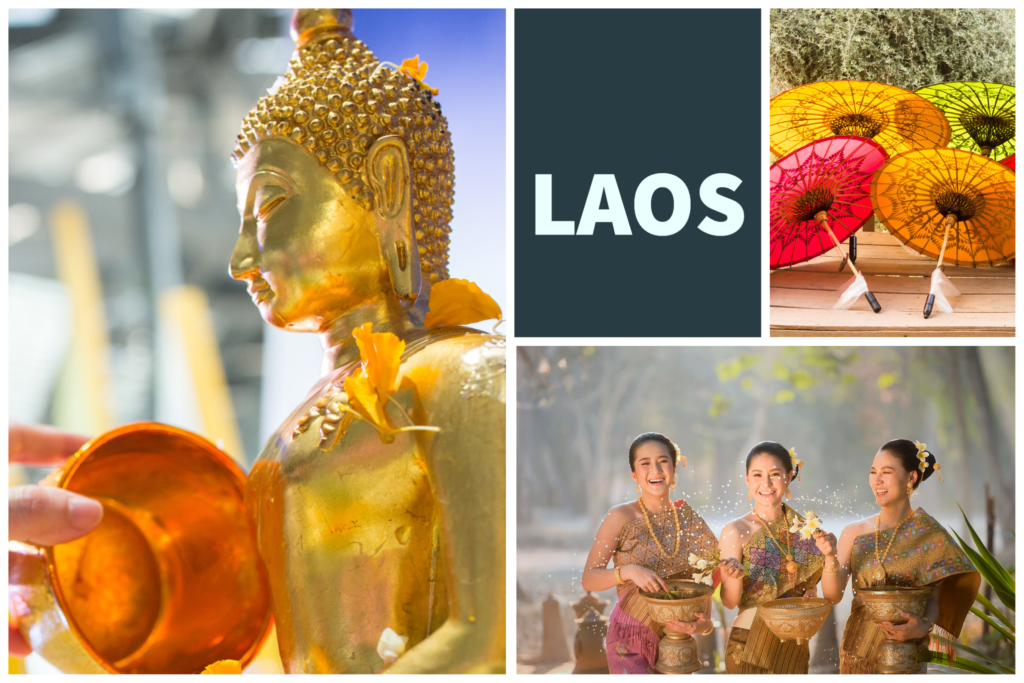

Georgia is situated in the Eastern European region of South Caucasus. In the southeast, it has a border with Azerbaijan, in the south with Armenia and Turkey, and in the north with Russia. The western part of Georgia meets the Black Sea, which connects Georgia physically to the European Union. The capital of Georgia is Tbilisi and it is known for the diverse architecture and mazelike, cobblestone streets of its old town. Georgia is known for its rich history of art, music, and literature.
Azerbaijan is known for having a diverse and rich cultural legacy. The nation’s Turkic ancestry have a profound impact on its dynamic culture. World-famous Azerbaijani food includes delicious delicacies like shah plov, kebabs, paxlava, and dolma. The traditional Mugham genre may be heard throughout the country’s musical legacy. Its vibrant culture is on display in national dances like Yalli. Along with its long history of cultural traditions, Azerbaijan is also well known for its gorgeous carpets and traditional crafts. Azerbaijan’s architecture showcases its rich heritage, from the medieval wonders of Baku’s Old City, like the Maiden Tower and Shirvanshahs’ Palace, to the Islamic designs of mosques and bathhouses. Modern structures, such as the Flame Towers and Zaha Hadid’s Heydar Aliyev Center, blend tradition with innovation. The Gobustan Rock Art Cultural Landscape adds a prehistoric dimension to the nation’s diverse architectural legacy.


Hmong culture is a rich and vibrant tapestry that reflects a deep history and strong sense of community. Originating from the mountainous regions of China, Laos, Vietnam, and Thailand, the Hmong people have preserved their unique identity through centuries of migration and upheaval. Hmong culture is characterized by its colorful textiles, intricate embroidery, and traditional clothing, which play a central role in their festivals and ceremonies. Music and dance are integral to Hmong celebrations, often accompanied by traditional instruments like the qeej. The Hmong also maintain a strong oral tradition, with stories, legends, and proverbs passed down through generations, highlighting their values and worldview. Their cuisine, marked by the use of fresh herbs and bold flavors, further showcases their rich cultural heritage.
